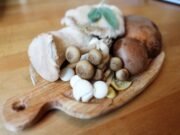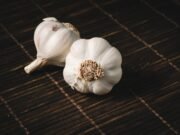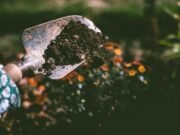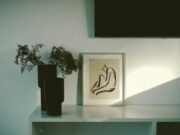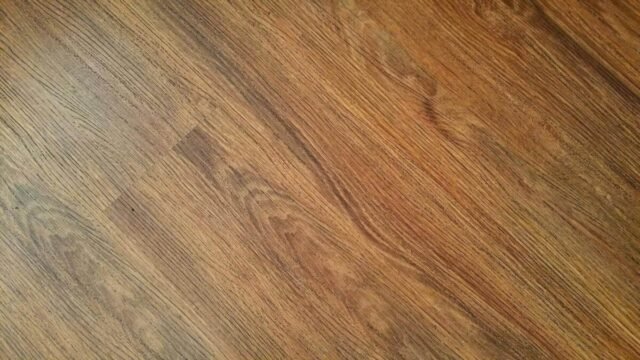Have you ever noticed an unsightly blemish marring the beautiful wood floors in your home? Scratches on wood floors are an unfortunate but common occurrence. From pet nails to furniture legs to high heels, it’s easy to accidentally damage hardwood floors.
When those inevitable scratches happen, don’t panic! There are several effective methods for repairing wood floor scratches yourself. With a little effort, you can make those pesky scratches disappear and restore your floors to their original glory. This guide covers everything you need to know, from assessing scratch severity to DIY repair techniques to preventative measures. Let’s get started reviving those wood floors!
Assessing the Wood Floor Scratch Damage
Before attempting scratch repair, it’s important to fully assess the type and extent of damage:
Types of Wood Floor Scratches
There are three main categories of wood floor scratches:
- Superficial scratches – These affect only the floor’s clear top coat of polyurethane or lacquer.
- Deep gouges – These cuts penetrate through the wood’s finish and into the wood itself.
- Cracks – These are splits in the actual planks of wood.
The repair method will depend on whether the scratches have damaged the wood or just the finish.
Identifying the Wood Floor Finish
Knowing your existing floor finish is also key for effective scratch repair:
- Polyurethane – Clear glossy coating that fully seals and protects the wood.
- Lacquer – Similar to polyurethane but dries faster.
- Oil-based finish – Penetrates wood pores for a natural look. Requires frequent reapplication.
- Wax – Soft finish that requires regular buffing and reapplying.
The finish type determines the products and techniques used for flawless scratch repair.
Gather the Proper Tools and Materials
Arm yourself with the right scratch repair supplies for the job:
- Sandpaper – 220 to 400 grit for sanding scratches.
- Olive or mineral oil – For buffing out minor scratches.
- Raw walnut – Rubbing walnut over scratches can help hide appearance.
- Wood filler – For filling deeper gouges.
- Putty knife – For applying wood filler.
- Q-tips – For applying oils and polish.
- Microfiber cloths – For buffing and rubbing scratches.
- Furniture polish – Match polish to your floor’s finish.
- Scratch repair markers – Color-matched for flawless touch ups.
- Paint stir sticks – For mixing filler and matching colors.
With the right tools and materials for the scratch type and flooring finish, you’re ready to fix those blemishes!
DIY Wood Floor Scratch Repair Methods
The best method for repairing wood floor scratches depends on the type and extent of damage:
Repairing Minor Surface Scratches
For light surface scratches that only damage the finish coating:
Buffing Scratches Out With Olive Oil
Apply a small amount of olive oil to a microfiber cloth. Rub over scratches using circular motions applying light pressure. The oil helps “melt” the finish and buffs out imperfections. Wipe away excess oil and allow spot to dry completely.
Walnut Trick
Gently rub the meaty side of a walnut over scratches. The oil can help blur scratches, while the nut’s fine grit buffs the finish. Wipe with a dry cloth.
Use Furniture Polish
Apply a small amount of furniture polish made for your floor’s finish. Gently rub over scratches to blend the finish. Wipe away excess.
Repairing Moderate Scratches
For deeper scratches penetrating the finish coat:
Lightly Sand The Area
Use extra-fine 220 to 400 grit sandpaper to gently sand scratches and surrounding finish. Sand until scratches become less visible. Carefully vacuum and tack cloth the area to remove dust particles after sanding.
Apply Wood Filler
Scoop wood filler onto a putty knife and press into scratches, overfilling slightly. After drying, carefully sand flush with floor’s surface. Match stain marker to floor color. Allow to fully cure before walking on repairs.
Use A Scratch Repair Pen
Choose a marker labeled for use on wood floors that closest matches your floor color. Shake the pen well. Apply by gently squeezing the marker along the length of the scratches. Wipe away any excess.
Repairing Deep Gouges
For heavy scratches or gouges that penetrate through the wood flooring:
Consider Professional Repairs
Extensive damage may require replacing planks or sanding the floor for a full refinish. Consult a professional wood flooring contractor for the best solution to repair deep gouges.
Pro Tips for Wood Floor Scratch Success
Follow these expert tips and tricks for flawless DIY wood floor scratch repairs:
Matching Wood Stains
When using wood filler or touch up markers, color matching is critical. Collect several stain markers in similar oak, cherry, maple, pine etc. shades. Test colors on an inconspicuous spot to achieve the closest wood grain and color match. Apply touch ups sparingly in thin layers.
Maintain Floors With Regular Cleaning
Prevent future scratches and keep repairs looking fresh with proper floor maintenance. Routinely vacuum then damp mop wood floors using the appropriate cleaner for the finish. Over time, reapply protective finishes like polyurethane or wax.
Prevent Scratches With Protectors
Minimize future scratches by adhering felt pads to furniture legs and placing rugs under rolling chairs. Pet owners should trim nails regularly and keep floors swept. Simply being mindful and taking preventative measures can save that beautiful floor!
Inevitable scratches don’t have to permanently damage the beauty of wood floors. With some basic tools, materials, and techniques, many scratches can be repaired affordably with DIY methods. For best results, carefully assess scratches, match your flooring, and make repairs sparingly. Or leave extensive repairs to the professionals.
Follow these wood floor scratch repair tips, and you’ll have those blemishes blended and your floors looking like new again in no time! Be sure to take preventative measures as well to protect your floors from future damage. With a little TLC, you can keep your hardwood floors always looking their absolute best.


